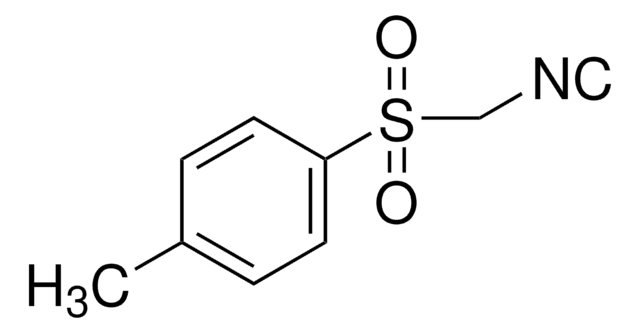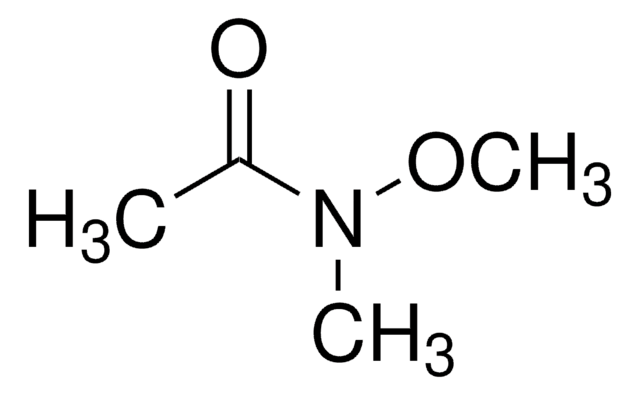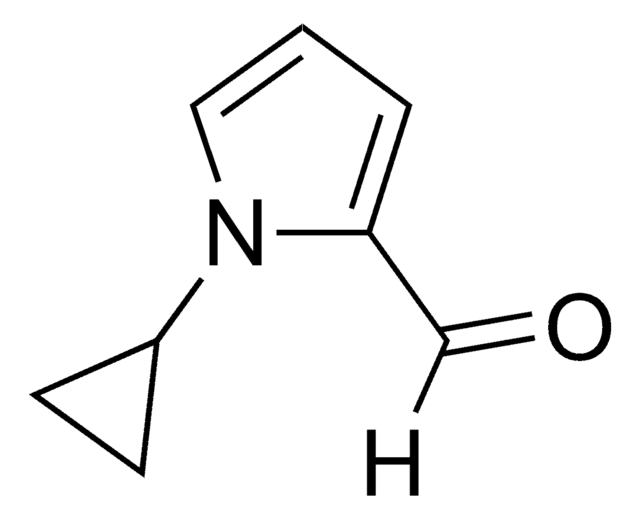LDPG-502
Lyophilized PEGylated Cationic Liposomes
DOPC:Chol:DOTAP:PEG2000-DOPE (55:30:10:5 molar ratio)
Autenticatiper visualizzare i prezzi riservati alla tua organizzazione & contrattuali
About This Item
Codice UNSPSC:
12352211
NACRES:
NA.23
Prodotti consigliati
Forma fisica
lyophilized powder
Composizione
DOPC:Chol:DOTAP:PEG2000-DOPE (55:30:10:5 molar ratio)
Colore
white to off-white
Dimens. media particelle
100 nm
Cerchi prodotti simili? Visita Guida al confronto tra prodotti
Descrizione generale
Lyophilized liposomes product series are freeze-dried liposomes with various types of lipids and wide range of zeta potentials and different properties. These products should be used by scientists who understand liposome formulation and have the proper equipment to check the size, separate non-encapsulated drugs and do the proper assays.
Liposomes are extensively used to study the interaction of proteins, peptides and other molecules with the surface of a lipid membrane. One of the parameters that affects this interaction is the charge of the liposomal membrane. Liposomes are always made in aqueous environment and they are sized to the desired size in liquid state using various methods such as high-pressure extrusion through nano sized pore track etch membranes. In rare occasions, liposomes are freeze dried and proliposomes are formed in the presence of a lyoprotectant such as trehalose. Using a lyoprotectant is necessary in order to maintain the size of the liposomes after rehydration.
To improve liposome stability and enhance their circulation times in the blood, a sterically stabilized, hydrophilic polymer, polyethylene glycol (PEG), has been shown to be the optimal choice for obtaining sterically stabilized liposomes. Using a Neutral Liposome with PEG will protect the liposomes from circulating proteins, improving their plasma clearance and enhancing their therapeutic effects.
Cationic liposomes interact with negatively charged glycoproteins (i.e. mucins) on the cell surface, thereby increasing the affinity and residence time with the target cells, resulting in increased drug delivery.
Liposomes are extensively used to study the interaction of proteins, peptides and other molecules with the surface of a lipid membrane. One of the parameters that affects this interaction is the charge of the liposomal membrane. Liposomes are always made in aqueous environment and they are sized to the desired size in liquid state using various methods such as high-pressure extrusion through nano sized pore track etch membranes. In rare occasions, liposomes are freeze dried and proliposomes are formed in the presence of a lyoprotectant such as trehalose. Using a lyoprotectant is necessary in order to maintain the size of the liposomes after rehydration.
To improve liposome stability and enhance their circulation times in the blood, a sterically stabilized, hydrophilic polymer, polyethylene glycol (PEG), has been shown to be the optimal choice for obtaining sterically stabilized liposomes. Using a Neutral Liposome with PEG will protect the liposomes from circulating proteins, improving their plasma clearance and enhancing their therapeutic effects.
Cationic liposomes interact with negatively charged glycoproteins (i.e. mucins) on the cell surface, thereby increasing the affinity and residence time with the target cells, resulting in increased drug delivery.
Applicazioni
- Liposomes are formed upon hydration of the lyophilized formulation. If the lyophilized liposomes are hydrated with solution containing a water-soluble drug, then a large percentage of the drug will stay outside of the liposomes and in non-encapsulated form. It is advised to use a micro dialysis cassette or a spin column using the right-side beads (depending on the size of your drug) and separate the drug encapsulated liposomes from free drug and perform the drug assay in order to calculate the encapsulation efficiency.
- Lyophilized liposomes are mainly recommended to be used with drugs that have a short life in aqueous solution mainly due to hydrolysis. After adding the solution of the drug to lyophilized liposomes, the liposomes should be used immediately.
- Lyophilized liposomes products should be used by scientists who understand liposome formulation and have the proper equipment in order to check the size, separate the non-encapsulated drug and do the proper assays.
- Trehalose is used as a lyoprotectant in all freeze-dried liposome formulation. The size distribution after hydration of the freeze-dried formulation will be around 100 nm.
- Freeze-dried liposomes should be kept at -20°C.
Codice della classe di stoccaggio
13 - Non Combustible Solids
Classe di pericolosità dell'acqua (WGK)
WGK 3
Punto d’infiammabilità (°F)
Not applicable
Punto d’infiammabilità (°C)
Not applicable
Scegli una delle versioni più recenti:
Certificati d'analisi (COA)
Lot/Batch Number
Ci dispiace, ma al momento non ci sono COA disponibili online per questo prodotto.
Se ti serve aiuto, non esitare a contattarci Servizio Clienti
Possiedi già questo prodotto?
I documenti relativi ai prodotti acquistati recentemente sono disponibili nell’Archivio dei documenti.
Il team dei nostri ricercatori vanta grande esperienza in tutte le aree della ricerca quali Life Science, scienza dei materiali, sintesi chimica, cromatografia, discipline analitiche, ecc..
Contatta l'Assistenza Tecnica.








